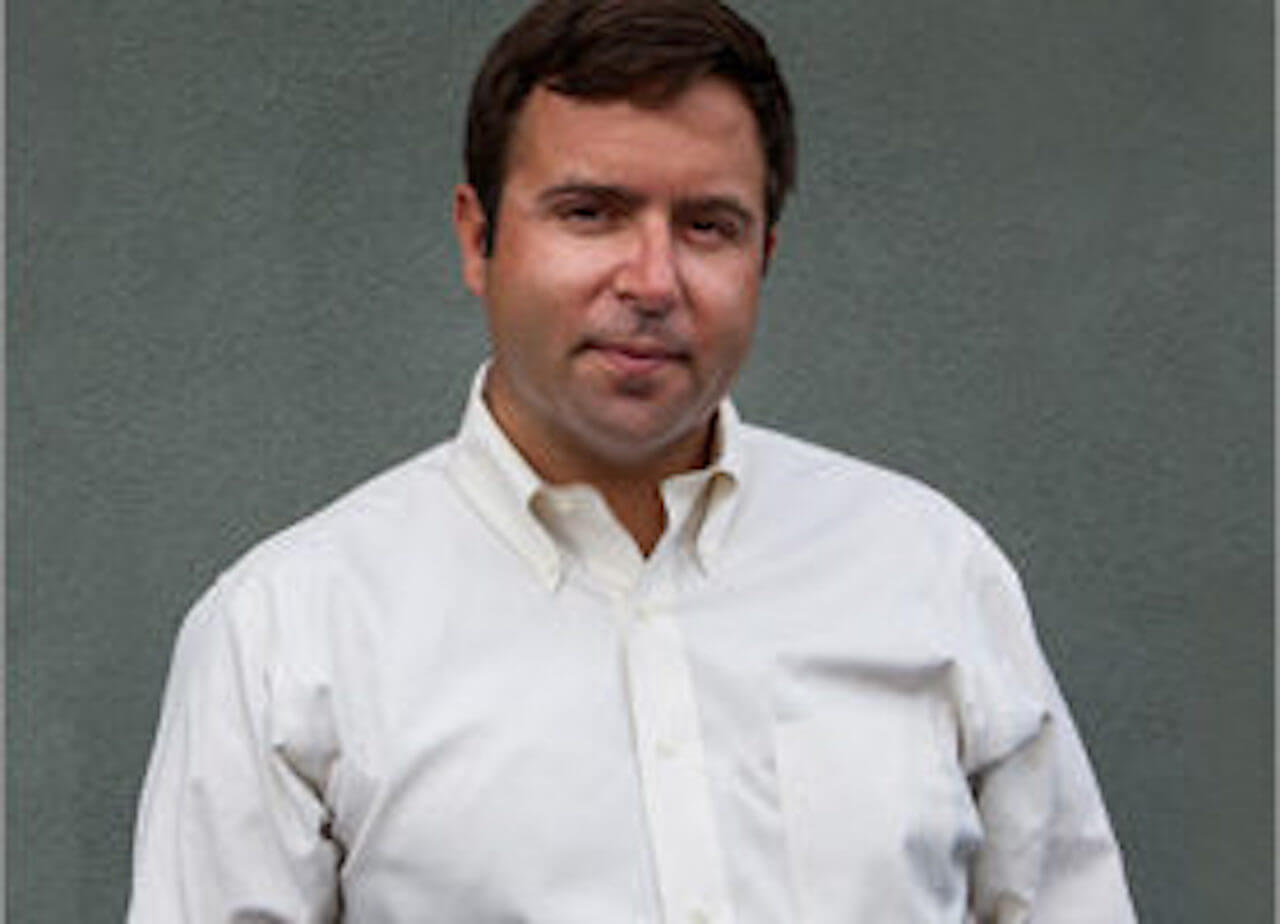

World renowned economist, Milton Friedman, once wrote about a tiny island in the middle of the Pacific Ocean called Yap. Though only a speck of land smaller than Pittsburgh, Yap has become an intriguing case among economists and monetary theorists for shedding new light on a centuries old question: What is money?
While societies around the world have used salt, cows, tea, and cocoa for hundreds of years as currency, the natives on the tiny Pacific island of Yap created a system of trading wealth that didn’t rely on bills or banks, or even a single trusted leader.
The scarcity of stones on Yap led voyagers to travel to other islands in search of limestone, which they then carved into large, circular disks called rai. The value of rai lay in the stones’ scarcity and the immense challenge of hauling thousand-pound stones long distances by canoe.
Having such unwieldy money meant that when stones would change ownership – for a wedding dowry perhaps – it soon became a logistical impossibility to relocate them. Some stones were even left several feet underwater.
Instead, the community kept track of who owned which stone and how many times it changed ownership. The more people who remembered to whom the money belonged, the more secure the ownership. In many ways, money has always been a collective story about who owns what.
Now with Ethereum blockchain technology, computers can tell us this story of asset ownership. Ethereum is a blockchain that creates and cross-checks a digital record of every transaction that has ever happened and duplicates this record across thousands of computers. Similar to the way natives of Yap used a collective basis of trust to account for and authenticate their stone assets, blockchain technology is enabling trust in the ways we transfer and store value.
But most importantly, blockchain is unlocking value. Many of the world’s assets are illiquid and almost as difficult to move as 8,000 pound rai stones. Liquidity is about easily getting in and out of assets. Lengthy paper processes, complex fee structures, and the all-or-nothing ownership principles of our current markets make exchanging assets for value inefficient, intimidating, and sometimes impossible. The ability to tokenize assets on the Ethereum blockchain means that ownership can be fractionally divided and that assets can move seamlessly between owners, without having to actually move.
Take real estate. Ownership and investment have historically been reserved for the wealthy few. Creditors are increasingly stringent with prospective home buyers hoping to take out mortgages. Sellers are put-off by large cuts throughout the transaction cycle. And renters, lacking the liquidity to make a down payment on an entire property, are stuck burning rent instead of building equity.
This long-standing challenge can be addressed through the implementation of a blockchain platform for shared property ownership. Whether it’s shoppers frequenting the mall that they partially own or property managers diligently maintaining a property in which they hold shares, a shared ownership model empowers users across the board and aligns stakeholders’ incentives to drive overall asset value.
The revolutionary concept of tokenization can also be applied to energy markets. Blockchain technology can be used to provide access to wholesale energy markets and facilitate energy trading between users. In this system, Internet of Things (IoT) devices not only balance the load on the grid, but also identify arbitrage opportunities.
As the world continues to realise the advantages of natively digital assets for everything (natural resources, fiat, gold, music, loyalty points, Madonna concert tickets, software, IoT device registration, stocks, etc.), transactions will become frictionless. Getting in and out of assets will be seamless. In the same way that the internet commoditised communications, blockchains commoditise the cost of how society trusts while also opening up previously hidden stores of value. With the power of blockchain technology, we can unlock a Cambrian explosion of liquidity in our lifetime.
By Andrew Keys, Co-Founder, ConsenSys Capital
Denver, Colorado, 24th February 2025, Chainwire
Denver, Colorado, 20th February 2025, Chainwire
Washington, D.C., 18th February 2025, Chainwire
Dubai, UAE, 27th January 2025, Chainwire
Those who enter the market at this time may be surprised to hear that Bitcoin…
George Town, Grand Cayman, 22nd November 2024, Chainwire